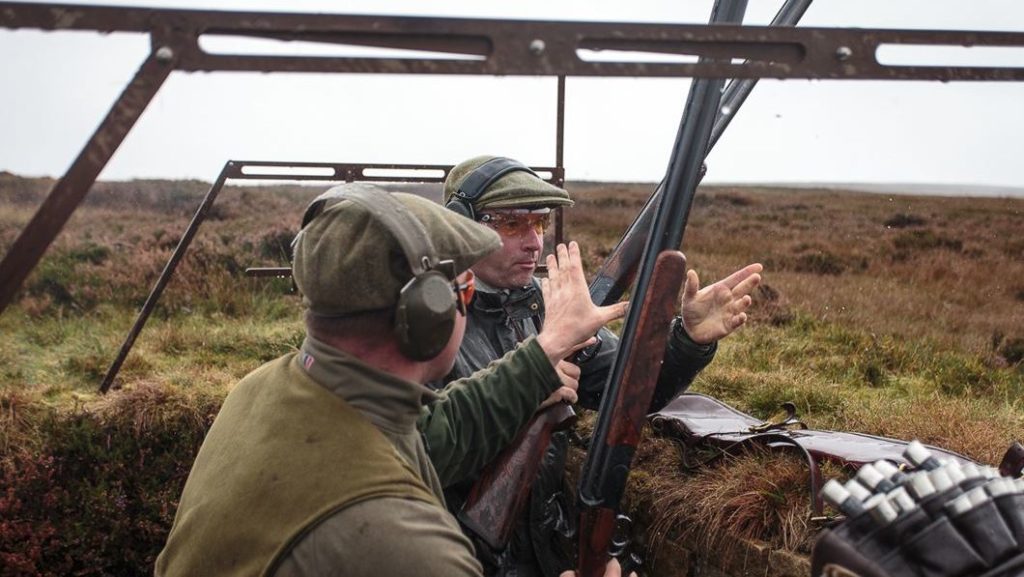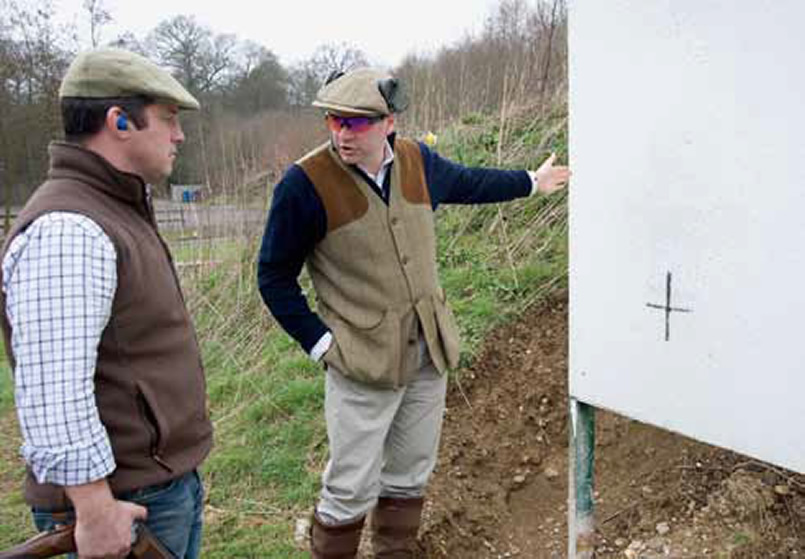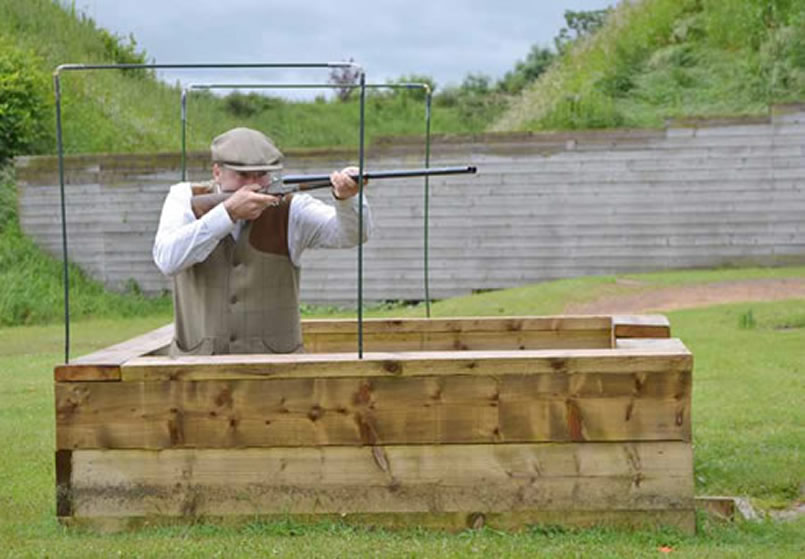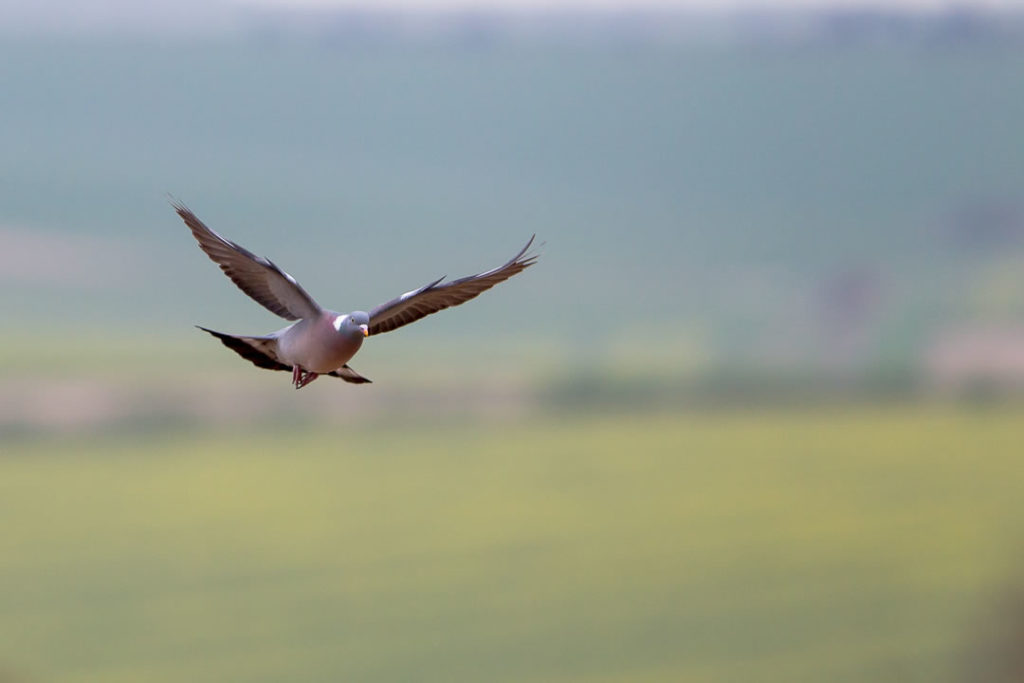Infield shooting instruction is the ultimate way to fast track your game shooting. If you want to improve your game shooting quickly, there is no better way.
However. It’s become a real popular trend in recent times, which has resulted in a huge variety of instructors and offerings out there. This guide is here to ensure you know what to look for and what to expect. It actually started life as a video – watch below.
- Where did infield instruction come from?
- Why infield instruction?
- What will I learn?
- How will I learn?
- What should I look for in an infield coach?
- What should I be paying?
Why infield instruction?
Many of our clients have difficultly being as effective on the game field as they are on the shooting ground. Having an instructor accompany you in the field allows you to feel more confident and secure throughout the day, whilst at the same time fast track your skills in real time.
Where did infield instruction come from?
Lots of people believe that I’m a pioneer of infield shooting instruction. That’s actually not true. There were lots of people doing infield instruction before I started 20 years ago. I actually robbed the idea from Simon Ward – I was having a long conversation with him all those years ago, about how as instructors we work with clients to help them become much better shots. And what he was doing was basically what I’m doing now – he was teaching on a shooting ground, and then following through into the field.
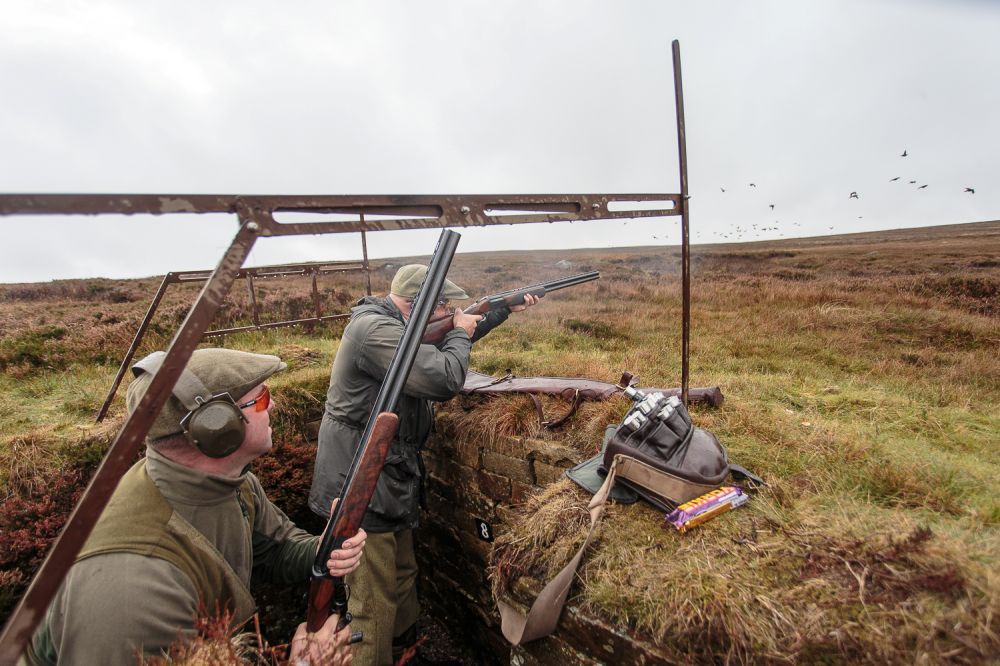

Having said that, we as a business do somewhere between four and five hundred days a year standing with people infield. We have a group of instructors, many of them full-time, who have been through a Calvert Sporting training course to enable them to teach like I do. Every year, we run through different things we’ve learned, different experiences we’ve had – with the aim of feeding knowledge into the team and keeping our standards as consistent and as high as possible.
For me personally – for the last 10 to 15 years, I’ve done on average about 100 days a season. I have done more – during my biggest season, I did 121 days, which nearly killed me. So it’s something that I can speak with a degree of confidence about.
The Process
- In an ideal world, even if you’re looking for infield instruction, you should start off on a shooting ground – with the same instructor you’ll be using infield. This allows us to improve your basic technique and foundation skills, which is vital. Some clients can smash every single clay on a shooting ground, and yet not really have a clue on how they’ve done it. What I’m trying to do is to ensure you are fully clued up and conscious of the process and technique you’ve used to achieve that kill. And I will question you quite hard when I’m teaching you on a shooting ground, to make sure you can relate to me and tell me exactly how you’ve just achieved that kill – what you were looking at when you squeezed the trigger.
- Next I will follow you into the field. Here the challenge is to try and make sure that we transfer the skills from the shooting ground into the shooting field. I put lots of new clients into the field, and there is just no comparison between what I see on the shooting ground and what I see infield. They are just two totally different shots. So we spend time consolidating what we learnt on the shooting ground and applying it to real life. More on how we do this below.
- You don’t need to have your infield instructor there every time – you need to have time to think and work it out for yourself. I’m a massive believer that you shouldn’t treat your instructor like a comfort blanket, so you cannot shoot unless they’re with you – so it’s very important that you build a kind of rapport with the instructor, that allows you to decide whether you take them on a shoot or not.
The process above is perfect for shots who are ‘safe but not as good as I want to be’. There are several other categories of infield instruction clients – and our goals and approach will vary accordingly:
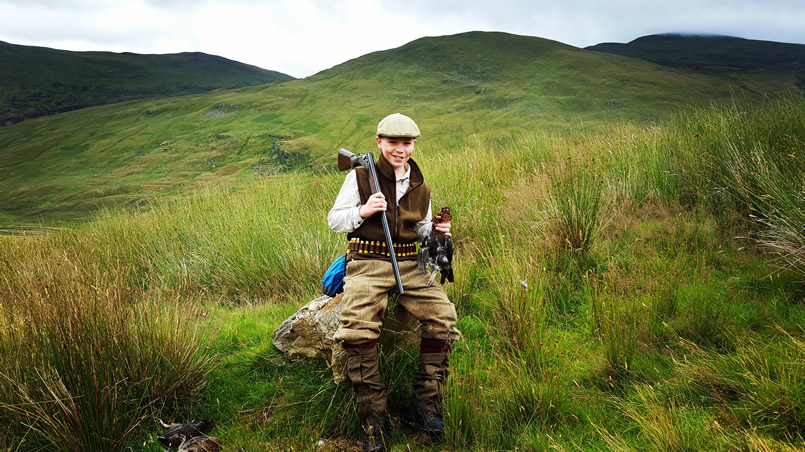

Infield Instruction for Novices & Youngsters
We teach a lot of novice clients and a lot of youngsters. Above all, what we’re doing on those days is teaching you to be a responsible game shooter. One of my core beliefs in the infield instruction arena is that etiquette is absolutely paramount. That can stretch from ‘what do I tip the keeper?’ to ‘what do I wear?’ – you name it, I’ve been asked it. What I find is that the more comfortable you are in the field, the more confident you will be, and the better you will perform. So our focus when we’re doing infield instruction with novices and youngsters is to ensure you’re equipped with everything that you need to feel comfortable in the field. A big part of that is teaching you about safety – making sure you shoot the right thing, nothing too low, nothing that’s out of range, etc.
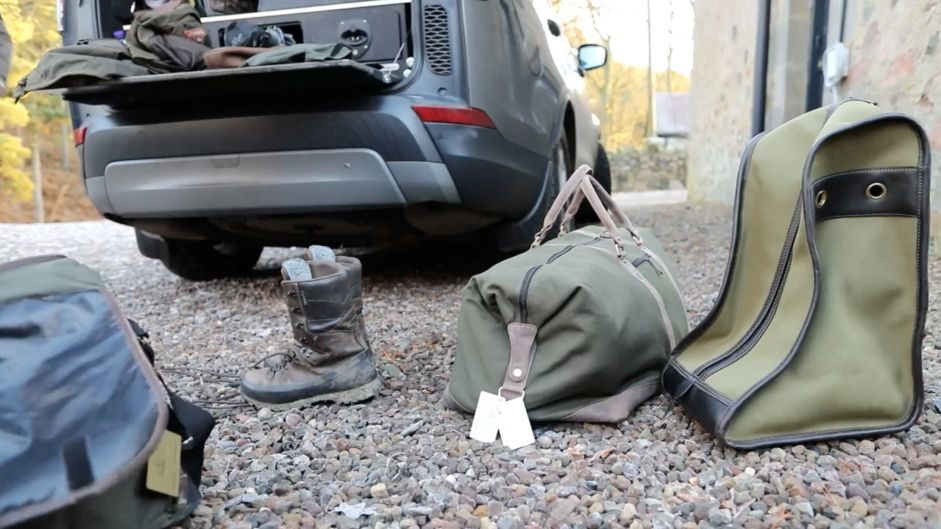

Infield Instruction for Really Busy People
The next category is what I call my really busy people. These tend to be people based abroad – in the Europe and the US, as well as in the UK – guys and girls who are going to find it difficult to get lessons with me – perhaps because they’re only in the UK for a short period of time, or they’re just super busy. What we’re trying to do for you here is make the whole infield experience an enjoyable one, ensuring you perform to the best of your ability on that day. The potential downside to this is that it can mean that we have to take shortcuts and sometimes use a sticking plaster approach – we have to make the best out of what we currently have. In an ideal world, what we really want to do is take you to a shooting ground and improve your base skills – so that ultimately, they become a competent shot and improve much more quickly. But we don’t live in an ideal world, so we take an on-the-ground pragmatic approach and aim to create an enjoyable, enriching experience.
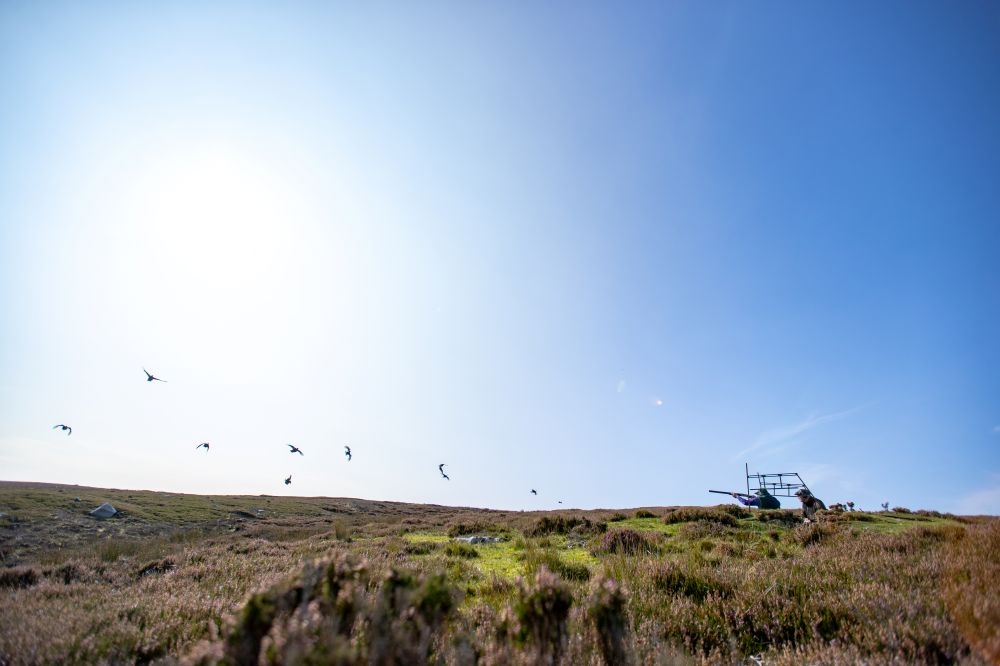

Infield Instruction for Grouse clients
So the final category is my grouse people. It’s a pretty specialist market and something that I’ve become quite well known for, so I’ve included it separately here.
Ideally we still follow the same basic process as above – starting off on a driven grouse layout before moving into the field. It’s a whole different set of skills however, so I use different techniques. For example, I often intercept shoot a lot of stuff, I’ll cut stuff off, I’ll do all sorts of different stuff in my grouse shooting which I wouldn’t normally teach on my pheasants and partridges. There are also a lot of different safety aspects we cover.
With grouse I genuinely believe that it does give you an advantage if you always have the same instructor or loader with you. You build a relationship and act as a team – and that will definitely lead to you killing more grouse. Little things – for example, you shoot right and left in front, and are just about to turn to go out the back, and I can call ‘stay forward, more coming’ – just little tips like make a big difference. If you look at most of the more capable grouse shots, they will always use the same loader.
And let’s not hide away from the fact that grouse shooting is extremely expensive, so people what to shoot as well as they possibly can – so they feel like they’re getting as much benefit and enjoyment out of their day.
What will I learn?
So once we’ve got you safe, comfortable or confident in your environment, what are we teaching you?
How will I learn?
At Calvert Sporting a key tenet of our approach to infield shooting instruction is less is more.
I might say 10 words to you on a drive. If I’m having to pick the bird for you, tell you where the bird’s going to go, tell you exactly how to shoot it, tell you what lead to give it – you are learning absolutely nothing – what actually happening is that I’m shooting the bird, and you are just following my instructions.
An infield instructor who is jabbering away in your ear all the time is not, to my mind, a good infield instructor.
You need to make mistakes. But then at the end of the drive, or in a quiet period in the drive, we’ll go through what mistakes you made, and what led to you making those mistakes.
This is a distinctive part of how we teach infield – I’m not 24 x 7 at you all the time. Anybody who can take that amount of information is far more intelligent than me, for certain! I like very clear, precise instructions. And by watching you shoot, by the time I come to talk to you, I will have worked out what those instructions need to be.
To Film or Not to Film?
One of the things I’ve been asked many times – and I think that’s partially because people see me doing it infield – is whether it’s a good idea to film your performance infield.
I think you need to be very, very careful how you do this. If you follow me on Instagram, you’ll see that I do frequently film clients. But what I’m actually doing is filming from a side angle – so you can see exactly what’s happening with the shot. What I’m looking for is the head position, the footwork, the timing, how they mount the gun, does the muzzle tip away from the bird as the bird is coming in – i.e. I’m videoing what I refer to as the foundations. What I’m not videoing is the awesome kill shot that you have just pulled off. To me, that’s pointless – it’s useless to you in terms of improving your shooting. Maybe useful for instructors looking for social media bragging material, but that’s not what we’re about.
Loader and Instructor?
Another question I’m asked a lot is whether one should have a loader as well as an instructor. It depends on individual instructors – sometimes I do, sometimes I don’t. In a grouse butt for example, I find if you’re not careful it can get quite crowded. It depends on how much you want information from your instructor – if it’s a busy day then I definitely recommend having a loader as well, so that your instructor can focus on watching you shoot.
What should I look for in an infield coach?
For me, it is experience, experience, experience, experience, experience. Simple as that.
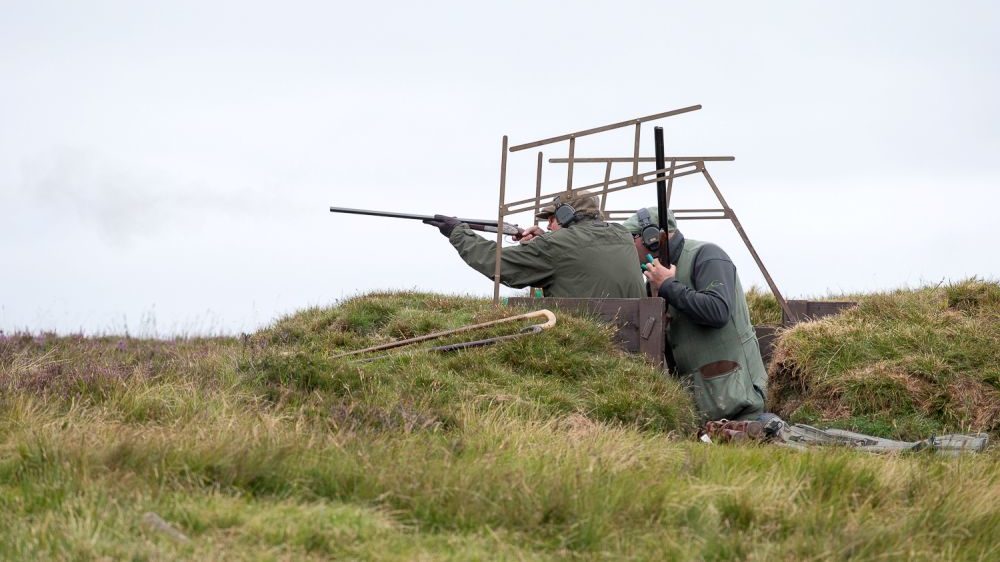

Instruction Experience
The more birds that that instructor has seen shot, the better.
How many different clients have they had to deal with? How many people have they worked alongside, getting them to kill pheasants, partridges, grouse? Again, experience, experience, experience – you cannot beat it. Don’t be frightened to pick the phone up and interrogate some of these guys. Ask them what they’ve done, where they’ve been – it’s really, really important.
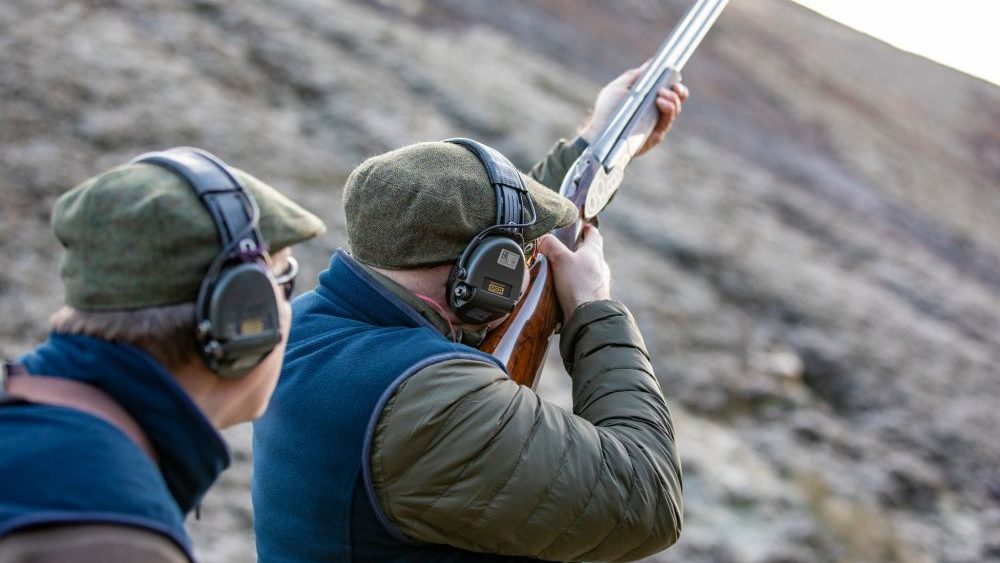

Shooting Experience
The instructor’s own shooting experience is also important. I would be the first to admit that my grouse instruction has improved tenfold in the last five years – because I’ve been extremely fortunate and have been shooting a lot of grouse. And trust me, everything happens very differently when you’re suddenly on the gun versus standing behind it. Shooting more grouse has allowed me to bring that grouse expertise to my clients – knowing what’s going to happen, how it’s going to happen. Being able to shoot is an important part of infield coaching.
People often ask me why the majority of the people I employ are from Yorkshire. And if the truth be known, it’s because Yorkshire and the Northumberland area is where I will come across people that have huge experience of shooting grouse and pheasants, both for themselves and as instructors. That infield knowledge is something I can’t just give anyone – it takes years to build. Somebody who is one minute shooting a few clays and the next minute giving infield lessons is probably not going to be your best choice for infield instruction. Again, don’t be frightened to pick the phone up and chat to people. If they don’t give you the right vibes, don’t use them – simple as that.
What should I be paying?
Understandably, it’s the question everyone wants the answer to.
With us, it’s dead simple. In a normal day if I’m teaching on a shooting ground, I will teach 3 x 2 hour slots a day (in reality, 2.5 hour slots – what that allows us to do is have 45-60 minutes shooting, half an hour break, followed by another hour).
The cost for an infield day equates to my standard 6 hours on the shooting ground. So I take our hourly rate and multiply it by 6. Applying a similar logic is a good way to work out whether you’re getting value for money from your instructor.
You get what you pay for
There seems to be lots and lots of competition in the market for infield instruction at the moment. I’m frequently asked if I will do things for free – because other instructors are doing things for free. We’ve a very commercial business, and it is 100% certain that we will charge you, because I feel that the service that I’m giving you is worth every penny of it. In my view anyone that is offering to do infield instruction for free should actually be paying you – they’re using it as a way to improve their own infield knowledge, so you’re doing them a service.
I hope that was helpful – keep the questions coming in and I will do my best to answer them.


